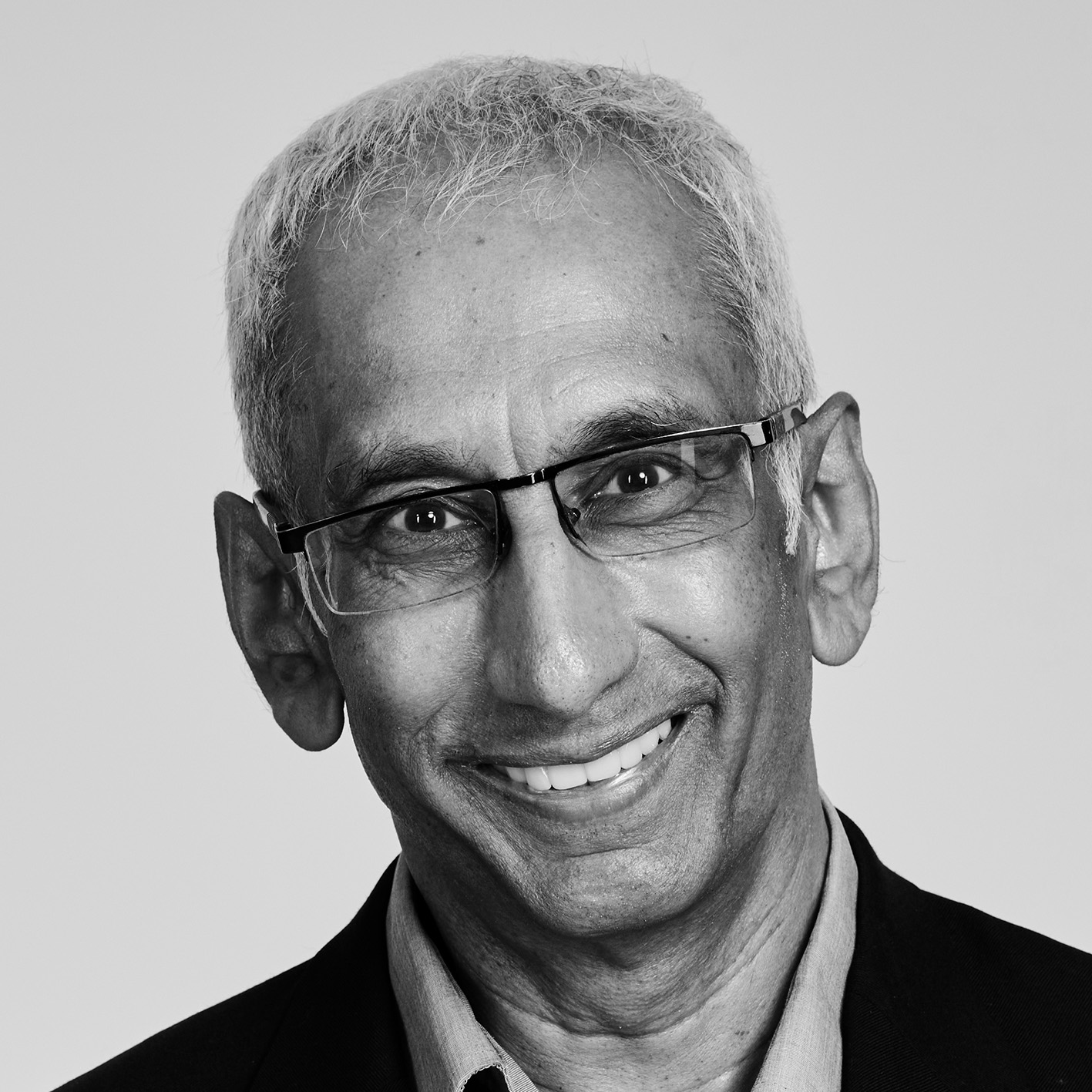In October 1989, the Muslim Institute helped organise a meeting on the Salman Rushdie affair at Manchester town hall. It had been eight months since Iran’s Ayatollah Khomeini had imposed his fatwa calling for the killing of Rushdie for his “blasphemous” novel The Satanic Verses, forcing the writer into hiding for a decade.
On the platform was the institute’s founder, Kalim Siddiqui, an enthusiastic supporter of Iranian theocracy. The fatwa, he told the audience, was just, and Rushdie had to die. Who in the audience agreed, he asked. Most raised their hands. How many, he continued, would be willing personally to kill Rushdie. Most kept their hands up. It was an electrifying, terrifying moment, caught by TV cameras, replayed on the evening news and discussed in parliament.
The International Committee for the Defence of Salman Rushdie, formed after the fatwa, discussed whether to press the authorities to charge Siddiqui with incitement to murder or to perhaps launch a private prosecution themselves. The chair of the committee, Frances D’Souza, opposed any such move. Neither Siddiqui nor his followers, she told me years later, had been “in any position to carry out the fatwa … They had no weapons, no knowledge of Salman’s whereabouts and no immediate intention of carrying out their threats. Therefore, using the famous American court ruling on incitement, there was no ‘clear and present danger’ of Siddiqui’s words becoming action.” The committee agreed and decided not to pursue any prosecution.
Today, that decision might seem astonishing. Attitudes to incitement have transformed over the past four decades. The threshold for deciding what constitutes incitement has become lower. And perceptions of incitement have become, even more than in the past, defined by one’s political view of what is being incited. Both these trends are visible in the two cases that have dominated much public discussion in recent weeks: those of Lucy Connolly and Bob Vylan.
Connolly received a 31-month prison sentence for inciting racial hatred with an inflammatory tweet during last summer’s anti-migrant riots, which followed the murder by Axel Rudakubana of three young girls in a dance class in Southport. Some rioters targeted hotels housing migrants, believing a false rumour about the killer. “Mass deportation now,” Connolly wrote in a tweet she later deleted, “set fire to all the fucking hotels full of the bastards for all I care,” adding: “If that makes me racist so be it.”
Bob Vylan, a punk rap duo, created outrage after leading the Glastonbury crowd in a chant of “Death, death to the IDF [Israel Defense Forces]”. Keir Starmer condemned the chant, some commentators compared it to the Nuremberg rallies, the police launched an investigation, and the BBC was denounced for broadcasting it.
Neither case meets the threshold for incitement set by D’Souza, though Connolly is far closer to the line than Bob Vylan. What such cases expose is the way that expanding the meaning of incitement has become a means for greater policing of speech.
The US, whose leaders have condemned Britain’s censoriousness, has revoked the band’s visas for a forthcoming tour
Yet, many of those who have campaigned against the conviction and imprisonment of Connolly have welcomed the investigation into Bob Vylan. Many who have decried the “cancel culture” of recent years have celebrated the cancelling of the band by festivals, venues and their agent. The US, whose leaders have condemned Britain’s censoriousness, has revoked the band’s visas for a forthcoming tour. The case, observed Bryn Harris of the Free Speech Union, is “testing the free speech tolerance of rightwingers, many of whom claim to quite like the stuff but are currently coming across like Mary Whitehouse at a Sex Pistols gig”.
The treatment of Connolly, and of other anti-migrant protesters, has led also to claims of “two-tier policing”. In fact, as I have observed before, “the history of policing is the history of two-tier policing”. For years, the targets of excessive policing were almost exclusively black people or Irish republicans or working-class militants. What has changed is that the boundaries of such policing have shifted. The authorities have become more sensitive to issues of race and identity, while the policing of certain sections of the working class has become more assertive.
There is a long history, too, of people receiving harsh sentences for inflammatory comments deemed to be incitement. In 2006, demonstrators outside the Danish embassy in London protesting against cartoons of the prophet Muhammad chanted “Bomb, bomb the UK” and waved placards with slogans such as “Annihilate those who insult Islam”. The slogans were abhorrent, but no more so than Connolly’s tweet. Four demonstrators were convicted of “soliciting murder” and “stirring up racial hatred”, receiving sentences of between four and six years. Such cases rarely gained attention from those now criticising two-tier policing.
Nor is it true, as some claim, that the authorities are soft in policing pro-Palestinian protest. Journalists such as Richard Medhurst and Asa Winstanley have been arrested for things they have written. The academic Haim Bresheeth, founder of the Jewish Network for Palestine, was arrested (and later released without charge) for “hate speech” during a demonstration against the Israeli ambassador Tzipi Hotovely. Palestine Action has been proscribed as a “terrorist” organisation for organising non-violent protests, including on military airfields.
There is today much discussion of two-tier policing but not enough of two-tier advocacy. So long as we are willing to defend the liberties only of some but not of others, we leave the way open for anyone’s liberties to be curtailed.
Photograph by Yui Mok/PA Wire

